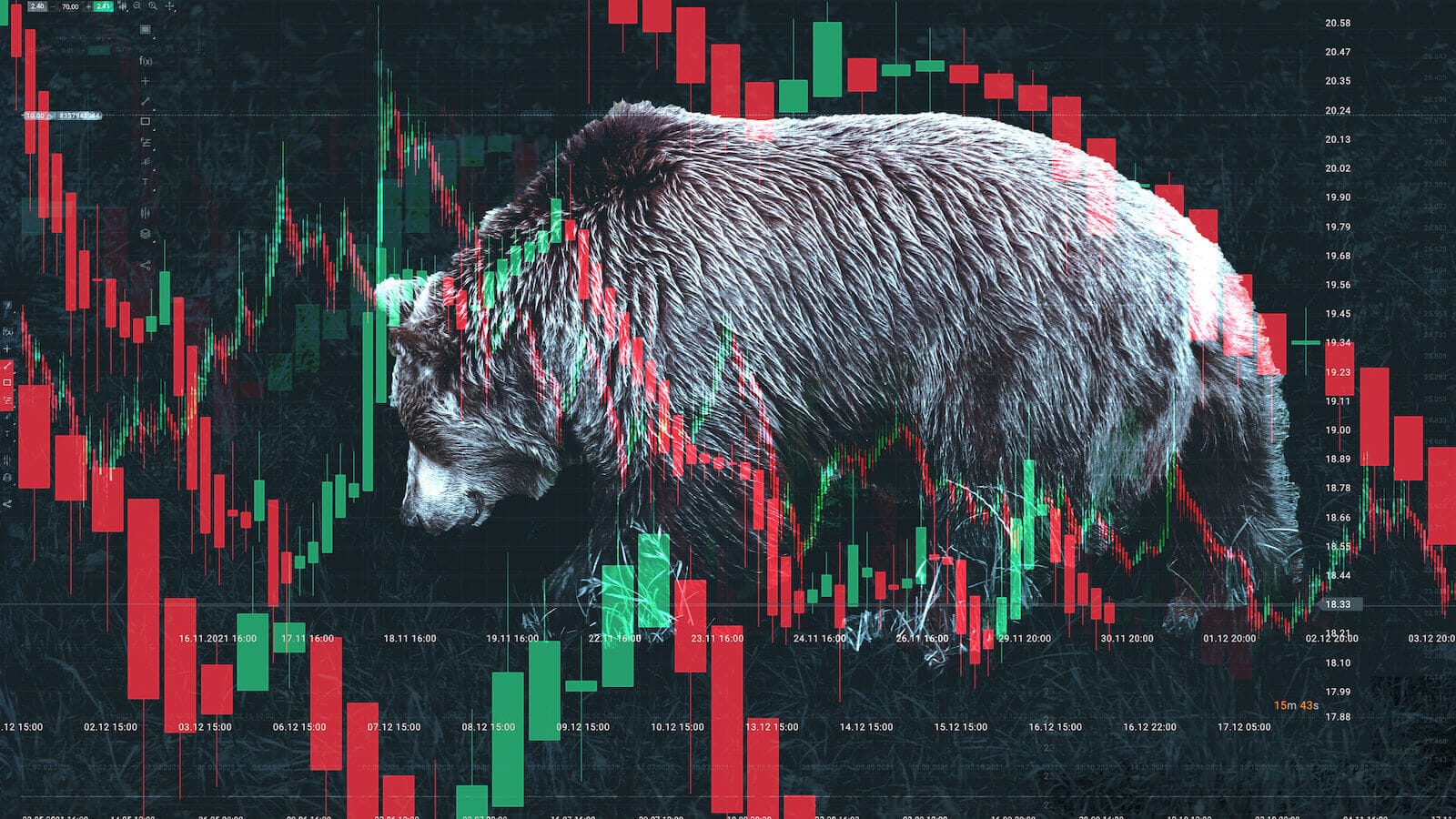HEALTHCARE CONTINUES TO GET BETTER -- MORE BIOTECH AND DRUG BREAKOUTS -- AN EXPLANATION OF THE DOW COMPOSITE -- TRANSPORTS MOVE THE INDUSTRIAL SPDR
PHARM HOLDERS CONTINUE NEW BUYING SURGE ... I happen to believe that one of the most valuable aspects of technical analysis is in the area of group rotation. In fact, that may be its greatest value. I know of no other technique (economic, fundamental, or quantitative) that works better in spotting groups that are starting to show new market leadership (or the opposite). Healthcare is a good case in point. As you know, I've been writing bullish comments on healthcare over the last couple of months (as well as consumer staples). Part of the reason for that is economic. In the latter stages of a mature bull market, money usually starts rotating to more defensive stocks and especially those in the large cap area. Consumer staples and healthcare also usually do better in a slowing economy. As is usually the case, however, my recent bullishness on healthcare is primarily based on its chart action. That includes price charts as well as ratio charts. I recently showed the Pharm Holders (PPH) breaking through its 2003 to achieve a major bullish breakout (Chart 1). That bullish breakout is keeping pharmaceuticals on top of the market leader board. Schering Plough (+8%) is the top gainer in the S&P 500 today. "Relative strength" analysis plays an important role as well.

Chart 1

Chart 2
HEALTHCARE RS LINE IS TURNING UP ... Chart 2 plots a ratio of the PPH divided by the S&P 500 over the last six years. The falling ratio from 2003 through 2005 was a warning to stay away from the group. The ratio broke its resistance line a year ago and has since formed a pattern of rising bottoms (rising green line). A close over its mid-2006 high (flat green line) would put the ratio in a new uptrend for the first time in four years. That what I like about this group so much. Not only is it achieving a bullish breakout on the charts, but it's very cheap on a relative basis. That also makes it relatively safe, which is the why it's a defensive group. The healthcare sector is also getting a big boost from biotechs.

Chart 3

Chart 4
BIOTECH ISHARES NEAR 2007 HIGH... Biotechs are doing even better than drug stocks today and are the day's strongest group. The daily bars in Chart 3 show Biotech Holders (IBB) moving closer to a test of its recent highs near 82. Its relative strength ratio has been rising over the last month which reflects new interest in the biotech group. The weekly bars in Chart 4 put the action of the last three years in better perspective. The IBB has been trading sidways since early 2004. The three year pattern has the look of a bullish "ascending triangle" (which is identified by a flat upper line and a rising lower line). A close above 82 (which appears likely) would set the stage for a possible bullish breakout through 85. Two of the top five gainers in the S&P 500 today (and three of the top five in the Nasdaq 100) are biotech stocks -- Celgene (+5%), Amgen (+5%), and Gilead (+4%).

Chart 5

Chart 6
CELGENE IS BREAKING OUT ... Two of the biotech leaders are shown above. Gilead Sciences (Chart 5) hit a new record high a couple of months back and continues to soar. Chart 6 shows, however, that Celgene is just now breaking through December's high at 60. It too is achieving a new record high. A couple of big pharma breakouts are shown below. I recently showed Schering Plough hitting a new four-year high. Today's big gain puts the S&P 500 leader at the highest level since the start of 2002. Its relative strength ratio (solid line) has also bottomed. I haven't shown Eli Lilly before, but it too is having a breakout week. The monthly bars in Chart 8 show LLY breaking out to a new two-year high. Maybe even more important is its breaking of the downtrend line extending back to 2000. The fact that these stocks are so far below their historic highs makes them cheap at current levels. That's another thing that I like about the healthcare group.

Chart 7

Chart 8
DOW COMPOSITE LED BY UTILITIES ... One of our readers asked for an explanation of the Dow Jones Composite Index (DJA). That's because it's trading well above its old high. The main reason for the DJA strength is the Dow Utilities which have been the strongest of the three Dow Averages (Chart 10). The Dow Composite Index is comprised of all sixty five stocks in the Dow Averages -- 30 Industrials, 20 Transports, and 15 Utilities. The Dow Industrials appears to be on the verge of a bullish breakout (Chart 11) and the Dow Transports are close behind (Chart 12). A close in new highs by both of those Averages would be a Dow Theory confirmation that the bull market is back on track.

Chart 9

Chart 10

Chart 11

Chart 12
INDUSTRIAL SPDR POWERED BY RAILS... The Industrials Sector SPDR (XLI) is also close to an upside breakout (Chart 13). Strange as it may sound, it's being led higher by railroad stocks. The XLI includes includes several rail stocks as well as air freight carriers. In fact, four of the top five performers in the XLI over the last month have been the rails -- Burlington Northern (+18%), Union Pacific (+17%), CSX (+14%), and Norfolk Southern (+13%). All but NSC are trading at new records. NSC is trading at an eleven month high (Chart 14), and is nearing a test of last May's peak at 57. The Industrial SPDR (XLI) offers exposure to industrials and transports in one package. That makes it ideal for putting the Dow Theory into practise.

Chart 13

Chart 14







